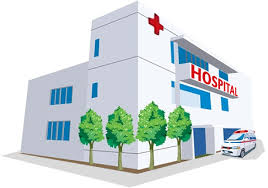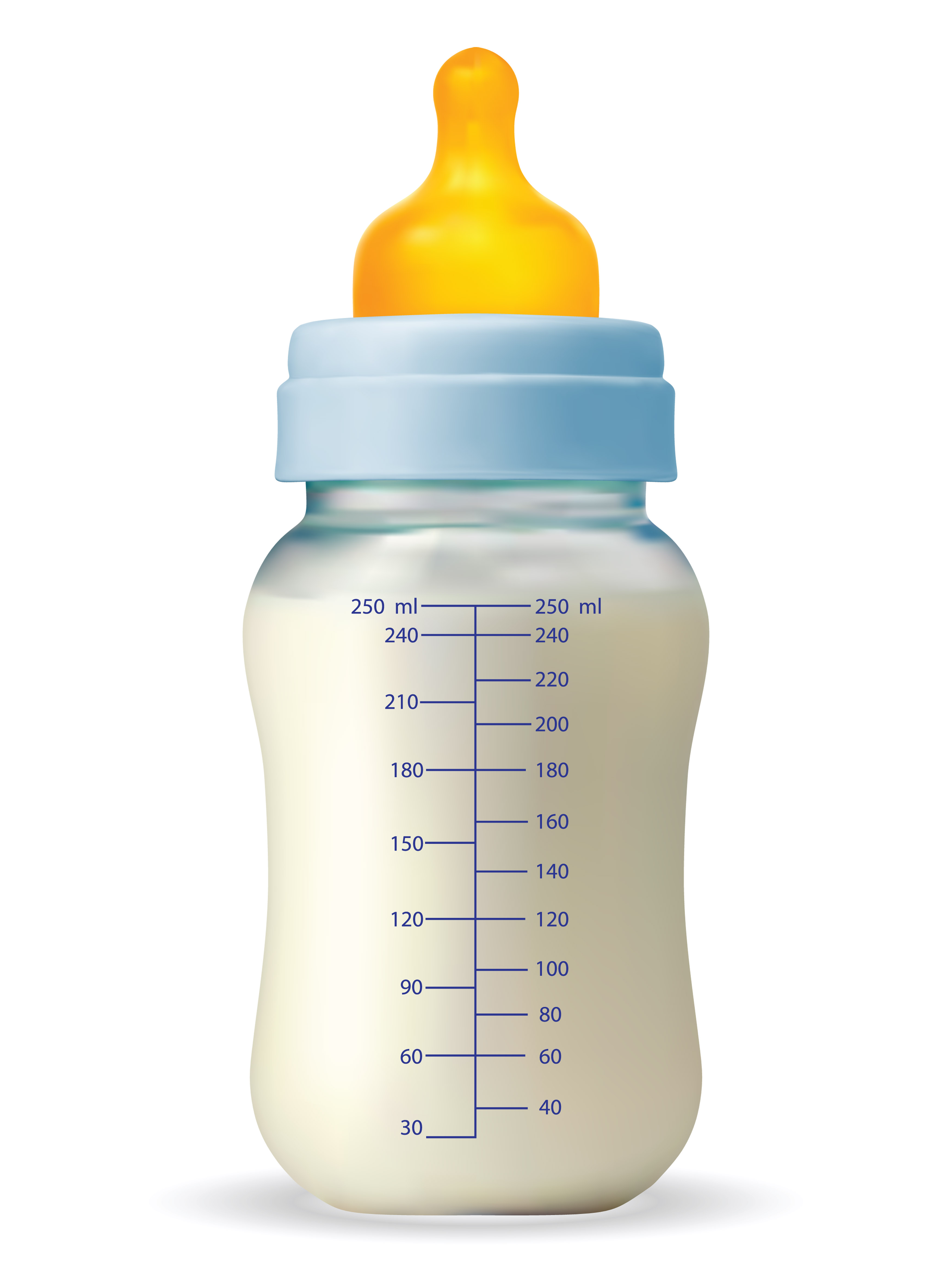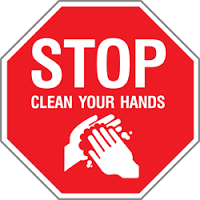Information
-
Document No.
-
Audit Title
-
Client / Site
-
Conducted on
-
Prepared by
-
Location
-
Personnel
-
Date and Time of Audit:
-
Location:
-
Patient MRN and Initials:
Nursing
-
Miscellaneous Findings:
Hand Hygiene Nursing
-
Alcohol-based hand gel is readily accessible for use?
-
Hand Hygiene is performed before patient contact?
-
Gloves are changed when moving from a dirty site to a clean site?
-
Contaminated gloves are removed before touching surfaces?
Surgical Attire Nursing
-
Clothing that cannot be covered by surgical attire is absent.
-
Masks are appropriately secured over both mouth and nose or discarded. No masks to be found hanging around the neck or in pockets.
-
Head and Facial hair are completely covered. If a cloth hat is in use, it too is completely covered by a disposable cap or bonnet.
-
For scrubbed personnel, rings and watches are completely removed and all other jewelry completely covered.
-
All personnel entering the semi-restricted and restricted areas of the surgical suites have all jewelry (except rings) totally confined or removed.
Medication Security
-
Scheduled drugs are always secured in a locked drawer or are under the anesthesia provider's direct supervision at all times.
-
Nonscheduled medications are secured in a locked drawer, cart or Pyxis when the area is not under direct observation by authorized staff.
Medication Preparation
-
Top of anesthesia cart (or area where meds are prepared) is clean, uncluttered, and has a functionally separate clean area from dirty or used medications or equipment.
-
Top drawer of the anesthesia cart (or any cart with meds stored) is considered clean, with no meds from the previous case waiting to be wasted.
Medication Labeling
-
If not immediately administered, once prepared, all medications are labeled with the medication name, strength, amount and diluent (if applicable).
-
Propofol is clearly labeled with time medication expires (6 hours after preparation). If the case is greater than 12 hours, tubing must be labeled with a 12 hour expiration time and date.
OR Environment and Equipment
-
Personal belongings (briefcase, computer bags, rolling suitcases, pocketbooks, or backpacks) are not placed on the floor in the procedure room.
-
Blanket warmers have proper signage and are set at or below 130 degrees F (54.4 degrees C)
-
Blanket warmers are free of IV fluids.
-
Fluid warmers have proper signage and are set at or below 104 degrees F (40 degrees C)
-
All IV fluids are dated and timed not to exceed 14 days in the warmer.
-
Temperature logs for fluid warmers are up to date with temperature documented daily.
-
If lead aprons are present, staff can speak to the inspection process.
-
Lead apparel items are uniquely labeled for inventory tracking purposes.
-
Axion eyewash station log up to date?
-
Specimen refrigerator compliant?
-
Crash cart up to date?
-
Oxygen storage compliant?
Fire Safety
-
Pull stations, electric panels, and medical gas shut off valves are free from obstruction.
Instruments/Sterile Kit
-
Staff Name:
-
Staff can speak to how they know sterile sets are appropriate for use by inspecting the internal indicator for appropriate change and packaging is intact.
-
Staff speak to appropriate handling of used instruments as applicable to devices (pre-cleaning, rinsing, storing in open position, being kept moist during transport to CSD via enzymatic spray).
Anesthesia-Specific Questions
-
Anesthesia Attending and Provider Number:
-
Anesthesia CRNA, Resident, or Fellow and Provider Number:
Hand Hygiene Anesthesia
-
Alcohol-based hand gel is readily accessible for use?
-
Hand Hygiene is performed before patient contact?
-
Gloves are changed when moving from a dirty site to a clean site?
-
Contaminated gloves are removed before touching surfaces?
Surgical Attire Anesthesia
-
Clothing that cannot be covered by surgical attire is absent.
-
Masks are appropriately secured over both mouth and nose or discarded. No masks to be found hanging around the neck or in pockets.
-
Head and Facial hair are completely covered. If a cloth hat is in use, it too is completely covered by a disposable cap or bonnet.
-
For scrubbed personnel, rings and watches are completely removed and all other jewelry completely covered.
-
All personnel entering the semi-restricted and restricted areas of the surgical suites have all jewelry (except rings) totally confined or removed.
Interview: Anesthesia Tech
-
CCT Name:
-
Verbalized process for reporting unattended/unsecured narcotics.
-
Verbalized process for cleaning/disinfecting high-touch surfaces and equipment between cases.
Interview: Anesthesia Provider
-
Anesthesia Provider Name and Credentials
-
Verbalized Process for Storing Narcotics Securely.
-
Verbalized process for reporting unattended/unsecured narcotics.
-
Verbalized process for cleaning/disinfecting high-touch areas and equipment between cases.
Injection Practices and Vials
-
100 cc saline bags are not punctured more than two times to draw solution from them for flush.
-
100 cc saline bags are single patient use only and labeled.
-
Infusion bags are not pre-spiked for cases more than 1 hour prior to infusion.
-
Infusion bags are appropriately labeled with expiration date.
-
All sites of injection are disinfected with alcohol prior to access or administration.
-
New needles are used to re-puncture vials or bags.
-
Syringes are not reused to withdraw medication from multi-dose vials.
-
Syringes are capped when not in use.
-
If a single-dose medication vial is used for a single case, a new needle and syringe is used anytime the vial is accessed.
-
No full or parital single-dose vials were found from the previous case.
-
Multi-dose vials that are opened in immediate patient treatment areas (OR, patient room, clinic room, or procedure room) are treated as single-use vials (used for only one patient with a new needle and syringe for each entry) and discarded at the end of the procedure.
-
Open multi-dose vials are not stored in immediate patient treatment areas (in anesthesia carts or anesthesia machine drawers)
Anesthesia Time Out
-
Circulating RN and Anesthesia Provider perform STOP ID (Safety Time Out for Patient Identification) prior to patient being transferred to the OR table.
-
Anesthesia Provider reads back the patient identification to the circulating RN to confirm identity.
-
Anesthesia Time Out is documented prior to induction.
Anesthesia or Sedation Consent
-
Anesthesia or sedation informed consent is completed, signed, witnessed, dated and timed before the procedure.
-
Patient, witness, and provider each date and time their own signatures.
-
Sedation Consent Only: Major risks, benefits, and side effects of the alternatives are documented.
Pre-Anesthesia/Pre-sedation Assessment
-
Pre-anesthesia/sedation assessment is documented within 48 hours prior to surgery.
-
Six required elements are present: Heart, Lungs, Airway, ASA Classification, Plan for anesthesia care, Review of the medical history including anesthesia, drug, and allergy history.
Post Anesthesia Evaluation
-
Post-Anesthesia evaluation is documented no more than 48 hours post-procedure.
-
Seven required elements are present in post-procedure anesthesia evaluation: Respiratory Function, Cardiovascular function, Mental Status, Pain, Temperature, Nausea and Vomiting, Post-operative Hydration
Laryngoscope Storage
-
Laryngoscope Blades and reusable stylets are packaged individually in a clear bag or a peel pack.
-
Laryngoscope blades removed from the bag or peel pack, available for use on top of the anesthesia machine, cart, or procedure room, are covered with a blue towel prior to the scheduled procedure.
-
Used laryngoscope blades are discarded in the trash if disposable or placed in a biohazard bag in a designated area for processing separate from the medication prep area or other clean areas on the cart.
ETT Storage
-
Endotracheal Tubes (ETT's) that are pre-opened in preparation for the case in which they will be used, are protected from contamination by leaving the tube in the original packaging, placing it on top of the anesthesia cart, and covering it with a blue towel.
Anesthesia Equipment
-
Life support equipment power cords are plugged into red outlets or a power cord that is mounted onto the same cart as the equipment. Power strips are never plugged into other power strips.
-
Anesthesia Cart and machine surfaces, knobs and drawer handles are cleaned and low-level disinfected between cases.
Surgeon-Specific Questions
-
Surgeon Faculty and Provider Number:
-
Surgery Fellow or Resident Assisting the case and Provider Number:
Hand Hygiene Provider
-
Alcohol-based hand gel is readily accessible for use?
-
Hand Hygiene is performed before patient contact?
-
Gloves are changed when moving from a dirty site to a clean site?
-
Contaminated gloves are removed before touching surfaces?
Surgical Attire Provider
-
Clothing that cannot be covered by surgical attire is absent.
-
Masks are appropriately secured over both mouth and nose or discarded. No masks to be found hanging around the neck or in pockets.
-
Head and Facial hair are completely covered. If a cloth hat is in use, it too is completely covered by a disposable cap or bonnet.
-
For scrubbed personnel, rings and watches are completely removed and all other jewelry completely covered.
-
All personnel entering the semi-restricted and restricted areas of the surgical suites have all jewelry (except rings) totally confined or removed.
Procedural Consent
-
Procedural Consent is Present.
-
Date is documented on page 1 of the consent.
-
Name of the procedure is documented on page 1 and 2 of the consent.
-
Procedural consent is signed by the provider.
-
Procedural consent is dated and timed by the provider.
-
Procedural consent is signed by the witness.
-
Procedural consent is dated and timed by the witness.
-
Procedural consent is signed by the patient/authorized representative.
-
Procedural consent is dated and timed by the patient/authorized representative.
-
Patient, witness, and provider each dated and timed only their own signatures.
-
Consent clearly documents the risks and benefits of the alternatives to surgery.
Blood Consent
-
Blood Consent completed, signed, witnessed, dated & timed before the procedure.
Procedural Time Out
-
All members of the team participate actively in the time-out.
-
Time out is documented: patient identity, correct site, procedure to be done
H&P and H&P Update Note
-
H&P completed no more than 30 days before or 24 hours after patient admission.
-
H&P Update Note by JHH provider is present within 24 hours after admission and before surgery. If inpatient, daily progress note counts as Update note.
Brief Post-Operative Note
-
Brief Post-Op Note is present immediately after procedure and before transfer to PACU.
-
Seven elements required in the Medical Bylaws are present: Surgeon and Assistant names, Procedure Performed, Pre-Op diagnosis, Post-Op diagnosis, Findings, EBL, Specimens.
-
PACU RN can describe where Brief-Op Notes are located in the patient's chart.
Detailed Post Operative Note
-
Detailed Post-Operative Note is present and Finalized within 7 days post-procedure.
-
Nine elements Required in the Medical Bylaws are Present: All 7 elements of the brief op note plus a detailed description of the procedure with Clinical Staging of Tumor as appropriate.
EVC Audit
-
EVC Staff Name and Badge Number
-
Verbalizes how to find information on any chemicals using SDS-Safety Data Sheets.
-
Verbalizes correct cleaning agents based on patient population.
-
Verbalizes correct contact time for Virex and Oxivir.
-
Hand Hygiene practices are correctly followed.
-
Appropriately Trained staff are performing cleaning duties.
-
Secondary Containers are labeled and closed.
-
Cleaning is completed prior to next case set up.
-
OR's are free of visible dirt, blood, or dust.
-
Circulating RN Reports appropriate handoff processes have occurred prior to patient being brought back to the OR.
-
Evidence of completion of terminal cleaning log documented daily for OR's and Core.
-
Evidence of supervisor verification of terminal clean documented daily.
-
Eye wash logs with weekly documentation present for EVC closet eye washes.
Hand Hygiene EVC
-
Alcohol-based hand gel is readily accessible for use?
-
Hand Hygiene is performed before patient contact?
-
Gloves are changed when moving from a dirty site to a clean site?
-
Contaminated gloves are removed before touching surfaces?
Surgical Attire EVC
-
Clothing that cannot be covered by surgical attire is absent.
-
Masks are appropriately secured over both mouth and nose or discarded. No masks to be found hanging around the neck or in pockets.
-
Head and Facial hair are completely covered. If a cloth hat is in use, it too is completely covered by a disposable cap or bonnet.
-
For scrubbed personnel, rings and watches are completely removed and all other jewelry completely covered.
-
All personnel entering the semi-restricted and restricted areas of the surgical suites have all jewelry (except rings) totally confined or removed.









